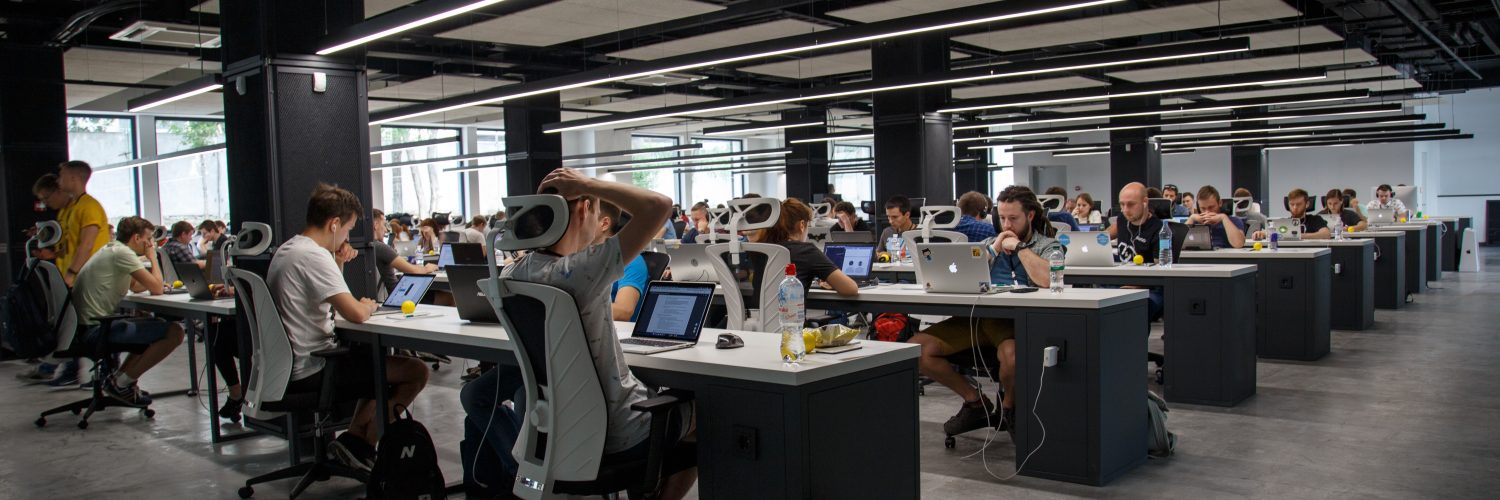A record workforce of nearly 2 million were employed in metro Phoenix at the end of 2017 and management positions make up the fastest-growing group in the Valley.
That’s the word from the United States Bureau of Labor Statistics, which tracks jobs by standard occupational codes based on filings with state employment offices. In Arizona, the Office of Economic Opportunity tallies those.
During the past year, more than 15,700 workers were promoted or added into new management positions in the Phoenix-Mesa-Scottsdale metropolitan area, a 14.1 percent year-over-year increase, averaging nearly $105,000. The fact that so many new hires took managerial roles reflect the caliber of jobs being grown in Phoenix.
“This is typical of what we’re seeing from industries locating in the Valley,” said Chris Camacho, president and CEO of Greater Phoenix Economic Council. “Companies are starting to find some markets to be unaffordable for expansion. Phoenix is highly competitive in terms of operating costs, taxes and workforce quality. Companies with a presence in the market are scaling up and moving or hiring highly skilled and high-level staff instead of expanding at their headquarters.”
The major wage gains overall came in the advanced industries – business services, technology, bio- and life-sciences, manufacturing, and health care. Wages in these sectors were up 6.3 percent in 2017 compared to 2016. That increase is 50 percent more than the average wage increase in all sectors combined.
“It’s really a function of the labor market,” said Jim Rounds, economist and president of Rounds Consulting Group. “Normally in a recession, low wage jobs are the first jobs companies shed. Firms will hang on to the highly trained and skilled staff as long as possible. In the Great Recession, businesses ended up losing many high value workers. The cost of replacing this human capital is big, and companies wait to rehire for those positions.”
He said that the recession’s depth made companies less willing to rehire or find new high value employees until there was economic certainty supported by growth. The significant economic growth in Phoenix, measured by a double-the-national average gross domestic product increase, created certainty for opening up the high value jobs.
“The wage gains for those jobs shows economic efficiency and the tightening labor market,” Rounds said.
Since 2012, when Arizona was still near the trough of job losses from the recession, more than 250,000 jobs were created by the end of 2017, topping the job losses during the previous five years.
As Rounds points out, most hiring came in easy-to-train and lower value employment between 2012 and 2016. Over 70,000 administrative support and customer service jobs were filled during that period.
But between 2016 and 2017, the quality of the jobs greatly improved. The vast majority of the 45,000 jobs created during that stretch were deemed “high value,” a state term meaning the average wage exceeded the Maricopa County income average. Nearly 38,000 high value jobs in all, which explains why average Valley wages rose so quickly in one year.
Last year, the average Valley family income topped national average at over $53,000, according to the U.S. Bureau of Economic Analysis. In 2017, Phoenix’s 7.8 percent average income hike was the highest in the U.S., which also pushed local wages higher than the national average for the first time – ever.
Camacho is not concerned that Phoenix is leaving its low-priced reputation behind.
“Companies look at the quality of our community college and university graduates, and they see a sustainable workforce in place for today and for their future growth,” he said. “This is not a saturated market for talent.”
Between 2012 and 2016, administrative and support positions saw wages rise around 6 percent to average more than $35,000 per year, well below the $48,000 average Valley wage. In 2017, high value jobs saw average wages jump 6.3 percent in one year alone. The average wage of new high value jobs coming into the market is expected to cross the $67,000 mark, compared to the 2017 average Valley wage of just over $50,000.
The tight labor market also draws more workers into the Phoenix area. In 2017, Phoenix and San Antonio, Texas, saw the most population growth, each averaging 60 new residents per day. Good jobs with competitive pay and affordable housing attract folks to Phoenix.
The percentage increase of new jobs also tells a story. Precision manufacturing saw incremental year-over-year gains of 250 to 1,000 percent since 2012. Manufacturing in Phoenix has been a shining employment star with May 2018 marking the 14th consecutive month of hiring increases across the sector. This compares to declines or flat numbers across the nation.
“What’s important for Phoenix is that many, in fact, most, of the manufacturers are small and family-owned businesses,” said Rounds. “It’s part of the market job diversification that makes Phoenix more resilient for the next economic downtown.”
“The state and cities have made a concerted effort to recruit advanced industries,” said Camacho. “These companies help insulate the local economy from the recession impacts we’ve seen in the past. Their jobs are more stable, they pay higher wages, and our competitive market makes Phoenix a good choice.”
The pipeline of new or relocating employers or major expansions, according to Camacho, is bigger for 2018-19 than it was for 2017-18.
“There are more than 300 companies looking at the market,” he said.
What makes Phoenix more appealing to companies is the infrastructure. Both Camacho and Rounds cite efforts to expand transportation systems, increase transportation options, and have key infrastructure capable of handling company expansion and development needs.
“The infrastructure investment was a catalyst,” said Camacho. “You look at the Phoenix Biomedical Campus, Marina Heights, the Price Corridor. Major companies see this strategy and know that this is a sign of progressive local and state government investment.”
The efforts at quality by cities and the state resulted in attracting companies bringing in high value jobs. As career opportunities increase in the Valley, it becomes more appealing to workers to move here. In 2017, Arizona ranked eighth in the number of new residents with higher education degrees, according to Brookings Institute.
It may sound odd, but if wage increases are a reason a worker might pursue a new career, animal trainers had the largest increase in 2017 over 2016, nearly doubling to an average wage of $43,260.
“Competitive,” is how a spokesperson for OdySea Aquarium in Scottsdale described its wages. OdySea opened late in 2016, and the adjoining Dolphinaris Arizona opened shortly afterwards. The two added an undisclosed number of positions falling into the animal trainer category. Combined with new hires at the Phoenix Zoo and other Valley facilities, 50 new animal trainers and animal keepers found jobs in the Valley and, perhaps, bigger paychecks.
















Add comment